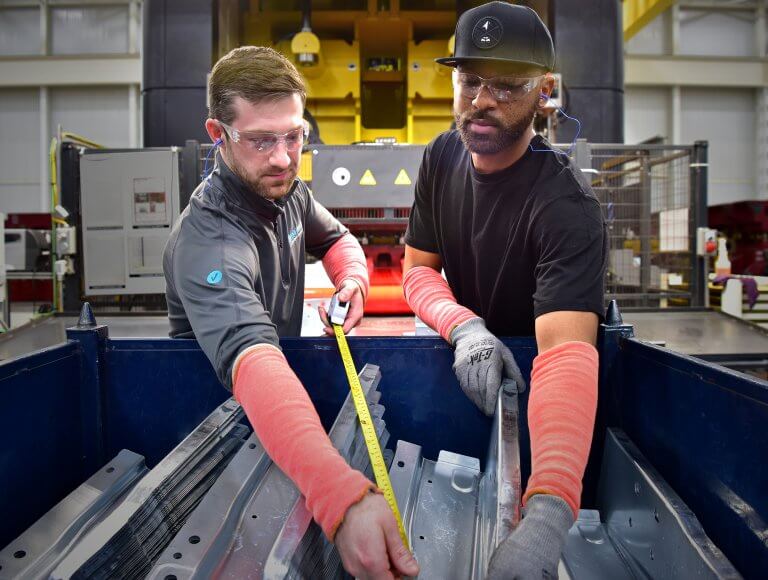One of the best ways to prevent and control workplace injuries and incidents is to “design out” hazards and risk early in the design phase. This is known as Prevention through Design (PtD), a national initiative led by National Institute of Occupational Safety and Health (NIOSH) and Center for Disease Control and Prevention (CDC). World-class organizations address ergonomics in the product/equipment design process because it ensures a proper fit of the work to the worker, which reduces the risk of workplace injuries such as musculoskeletal disorders (MSDs), and minimizes the cost of improving ergonomic fit later through redesign.
The five best practices for incorporating ergonomics into your design phase are outlined in the e-Book, “Ergonomics in the Manufacturing Design Process.” These include:
Align Ergonomics Activities with Design Process Steps
To form an effective plan for integrating ergonomics into design, you need to understand the process and the information at each stage. These include:
- Business Case: Understand the profitability potential for a given product. Meaning, does the cost to purchase or fabricate reduce enough exposure to MSD risk?
- Concept: Engineers make decisions about manufacturing methods, assembly processes, and make product selections to fit the job task to the user. The two keys to this stage include 1) understanding the lessons learned from existing design, and 2) understanding the principals of ergonomics design.
- Design: Engineering design and verification checks are critical here. This is where we’ll use ergonomics knowledge to carefully select working heights, reaches, and clearances..
- Build: Continue to include ergonomics checks and verifications through the build stage to ensure added or changed elements comply with ergonomics design guidelines, and that any changes to plans don’t create new ergonomic risk factors.
- Install: Evaluate how the new parts/products operate on the equipment. Is it handled the way in which it was anticipated in the design review? The actual fit may create forces or postures that were not anticipated.
Establish Design Guidelines for Ergonomics
Design guidelines should be distributed to engineers, purchasing, and vendors to ensure that ergonomics knowledge is shared. Best practices for design specifications include:
- Use a simple approach.
- Use highly visual materials.
- Include anthropometry criteria based on global differences.
- Address both fixed-height and adjustable-height equipment designs.
- Incorporate manual material handing and force application limits.
Educate Those Involved
To sustain an ergonomics process, it is imperative that each person in the organization is knowledgeable and receives training, based on their job role, about the importance of ergonomics and the company’s goal for the process.
Include Lessons Learned from Previous Designs
It’s important to know what worked well in the past, and what did not, to ensure the right decisions are made. Some of the lessons learned that can make new design procedures easier to implement include understanding of:
- The product;
- The equipment used to make the product;
- Adjustments to the product or process that the plant ergonomics team had to make to fit ergonomics design guidelines.
Have a Plan for Handling Design Outages
It is nearly impossible to design out every potential hazard and it is likely that workplace design changes will happen during the process (even with the best planning). Unfortunately, sometimes these changes can increase MSD risk exposure. To prepare, draft a plan to manage the process using these four steps:
- Establishing risk exposures.
- Make decisions based on risk assessment results.
- Create an exception rule that recognizes when it is not feasible to mitigate an MSD risk exposure in the design process.
- Plan other control strategies if risk exposures cannot be mitigated through engineering.
Read the e-Book to learn more about implementing a sustainable ergonomics process at your organization!
And if you want to learn more about how we can give help you improve your ergonomics practices and prevent injuries, visit our solution page or contact us anytime.
